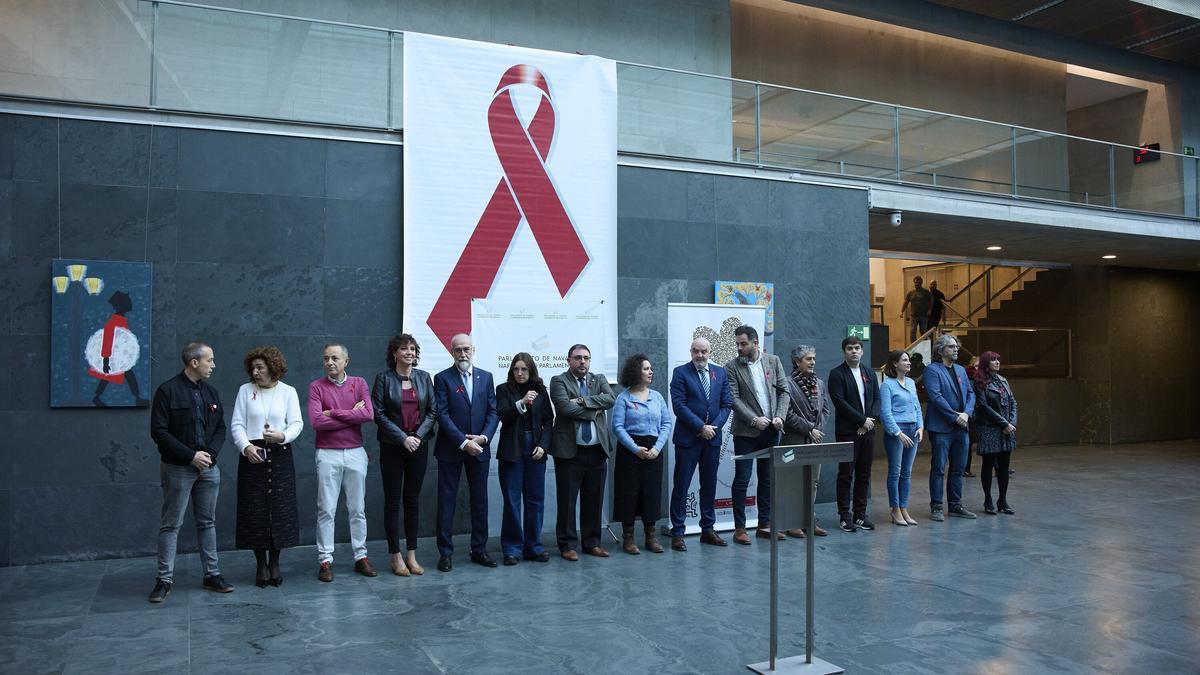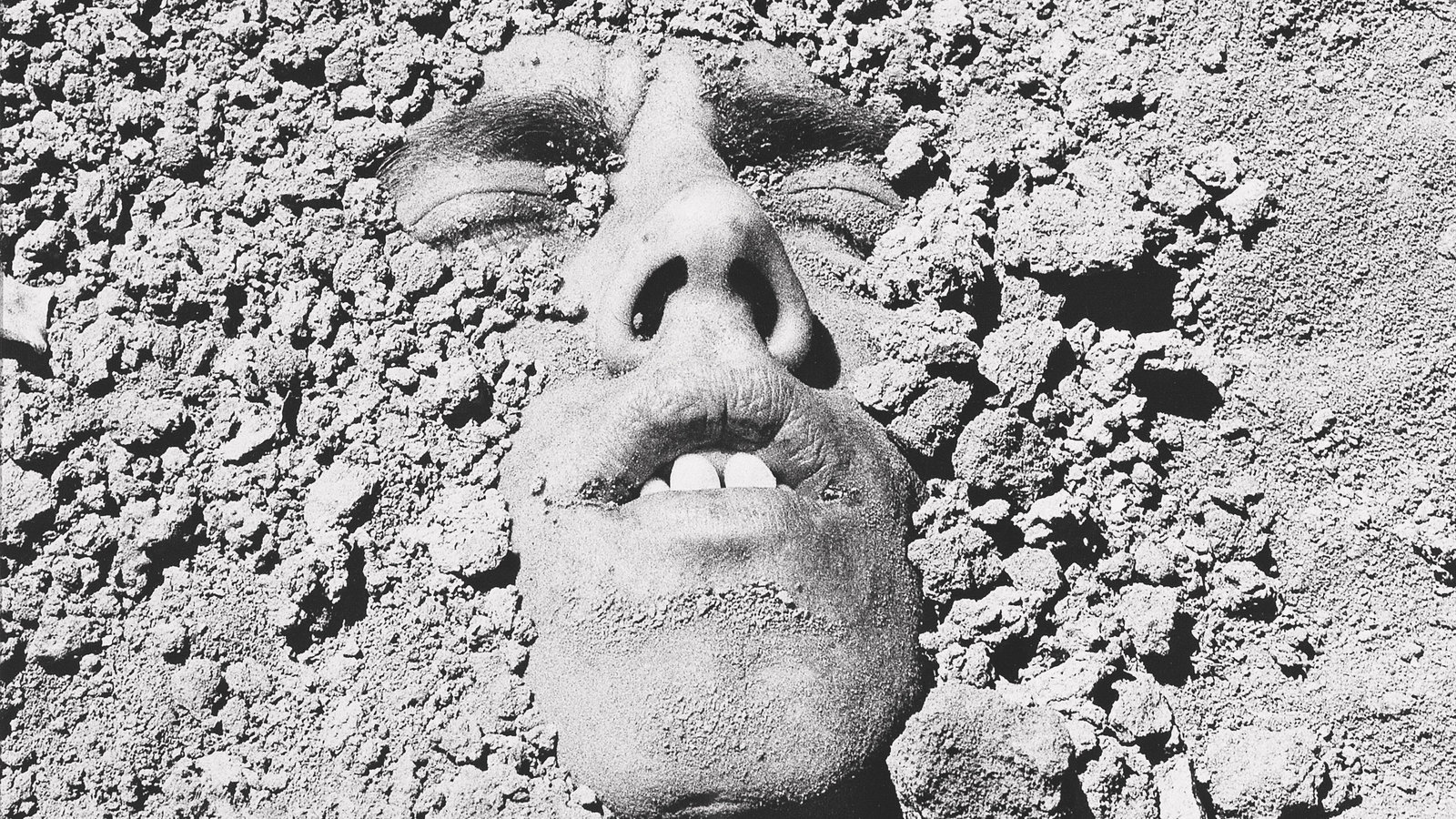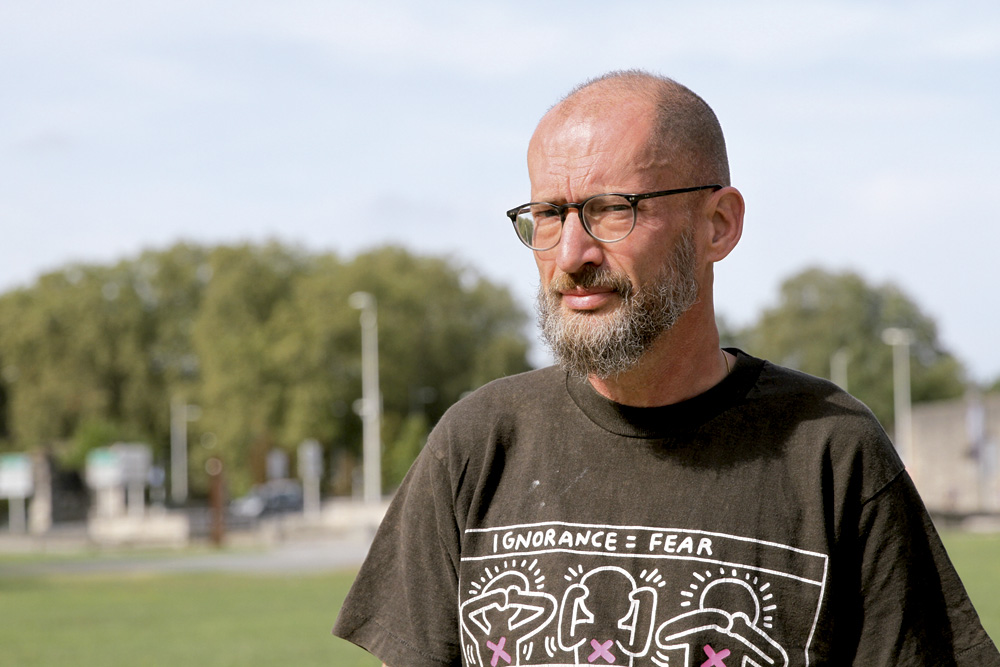Joseba Errekalde: "People who get infected are still plunging into a terrible crisis."
- The Harri Beltza partnership, which helps people with HIV, has been 25 years old. Times have changed, as have the ways of treating the infection, but the need for care has not changed.

In 25 years, many things change, including in AIDS and HIV. The disease was deadly at one time and now, treated, it's not.
This is mainly the case. It has gone from a mortal illness to a disease/experience/infection that can be chronically treated. That's the quality of health care. It's amazing that in these 25 years, not so many social differences and trajectories and stigma have been made.
HIV and AIDS have two sides: physics and clinic, which has advanced. In 1997, the creation of the pill marked a milestone, establishing the first and the future. In rich countries, with good health systems, we are very well cared for, treated and supervised as chronically ill.
One of the main works carried out by HARRI Beltza is: "If any man or woman in Gipuzkoa knows that it is HIV, she usually goes to our association and finds some instruments here. We realize that today, as before, people who get infected are plunged into a terrible crisis. Imagine how little the perception of being HIV has changed, both for the infected and for people outside. There is such a thread from the very beginning: who they were, what collective they belonged to, what they did… They still have an enormous weight.”
Stigma continues.
People come to me with a very well-dressed profile, which already has information on its own, but when it comes to managing it, it's very hard.
How do you collaborate? Has anything changed?
Through word, listening and therapy. When someone comes up here, that person is very lost. Many times, in this age of the Internet, we have information against it. Internet is great for when you're quiet, because then you have a capacity to be critical. When you're wrong, what you find on the Internet is bad.
To infected people, when they come, we tell them they're going to wear two floors in their backpack. Osakidetza is going to take care of you, and we tell you that you can be quiet because you're going to take great care of yourself. The other is the feeling, the experiences and the grief that a person has to make. It's a serious health problem and you have to mourn.
To do so, Sigmund Freud made his way. Different types of therapies are carried out: psychoanalysis, parity work…
When you talk about parity, you're talking about sharing experiences with other patients, right?
Yes. Most of us here, with the exception of some workers, are volunteers who have the disease and we set the path for those who need it. We are still a self-help group. Today, nobody wants to know anything about self-help groups. Society is very individualistic and people avoid groups.
I do the counselling -- I work as a consultant -- and then, normally, therapy begins. There comes a time when both psychotherapists and I address them to the group. And once they start in a group, how do they hold onto the group…
That was not the case before. We used to want to be in a group and we didn't even want to hear about therapy. Therapy is now more accepted.
Then in this room [the one you have at the site of the Black Stone], there are talks that we organize around a cafe.
What do they talk about?
People have to learn many things: to whom we tell them, how to say it, at what point; to whom we share and with whom we do not… When we learn to manage, we take an enormous weight off the top. It's the first thought of anyone who gets infected with HIV: ‘My affective-sexual life is over. It's over!' And it's not.
When a man like you tells you how he has done it, etc., he calms down. When you know the experiences of four or five people, that empowers a person and helps them make their way. Osakidetza doesn't get there. Hence the appearance of patient associations. There are things that are not in books, in regulated education systems, in institutions, and there we are.
In times of crisis, we have been like a joint, flexible, adaptable to the situation. We collaborated with several associations of Spanish and French states, also of Ipar Euskal Herria, and the entresaca that they have done in the crisis, in the aid, has been enormous. Closing a partnership is easy, but opening up is very difficult. But well, we've spent those difficult years, and as long as there's a need, we'll continue here.
And if necessary, last year 51 people were infected in Gipuzkoa. The Black Stone is the benchmark. Do they all come here?
In Gipuzkoa we have two associations left. Before, there were associations in many villages, because the need was enormous. Parents and families began to respond to this need. Over the years, we were left alone ACASGI and HARRI Beltza. Without planning, everyone has prepared their specialization, life has led us to it.
What is the difference between you?
Most helpful association of Donostia-San Sebastián: People with HIV and other backpacks like prostitution. We, the rest. He met people with the infection. They need another kind of response, because they have a more normalized life, they're better culturally and economically, but there are needs that an association has to meet.
Has the profile changed?
Yes, but there's still HIV from my time, and more people are moving to Donostia. The profile of people who approach this place is that of men who have had sex with men. It doesn't mean they're homosexual. It can be a man who has had an exaltation or whatever. It must be protected with a condom…
Have you lost your fear?
He has been disrespected.
Is that something else that has changed in these 25 years?
Yes. If we had known, at that time things would have been done differently. So much was the birth of the antiretroviral, that we all got excited. One year there was no mention of anything else: it is cured, there are good drugs, we will not die any more… And that had its effect. In the indifference of optimism that the pills created, we don't remember what the infection is.
What does it mean?
During the first two or three months it will cost you to accept and sleep. The moment you've admitted it psychologically, it's not that much. What happens is that you have to be alert, because you can lose your health, but also because you're aware that you don't want to put anyone at risk. These are the two factors. Today, treatments are very simple and effective. You can turn to someone who's really bad. You have to see at what level the disease is, but we can say that someone with a very advanced infection, who doesn't even know, can be cured with drugs.
On the contrary, if you have taken it today and go to the test tomorrow, you can have the same quality of life as a person who does not have HIV. The drugs are very tested, they have removed those who had a side effect from the market… It is said that we have a life expectancy like that of someone who is not HIV. The fact of being a smoker or not influences survival more.
As you said, Osakidetza treats you well. But they have a complaint: they have to go to the hospital to take pills and queues form there.
In an association like ours, if recently ten people come and tell us ‘jo’, the other day I had to go to find the medications, and what a slut, all afternoon there’. We're a thermometer, and I, too, go personally. They treat us very well, but we have to go find him at the hospital pharmacy, like 22 years ago.
We are asking them to give us back. Do you think a diabetic, today, should go to the hospital? With us the same thing. In his day, our medicines were classified as internal to hospital medicine. With the autonomy we have, let's put it on the table. On the lake we're told they give them orders in Madrid, but well, we can do some pilot tests here. It is an issue that should be moved.
Condom is the best form of prevention. But if you don't get it, it's best to treat everyone with HIV. When HIV is treated, it cannot be intentionally infected. It's absolutely proven. Therefore, the more people we treat, the more prevention we are doing. A few years ago, Unaids launched the 90-90-90…
What does it consist of?
Forget the vaccine, it won't come out. Therefore, the strategy is to detect 90% of those infected worldwide. The second step is that 90% of detected HIV cases are treated. And the third is that 90 percent of those infected with HIV in the world do not transmit the virus.
Of course, when we say world, we include Asia and Africa. Malaria, malaria and other diseases are not treated, but HIV is under treatment. The poor world has never been treated like HIV. It can be NGOs, Bill Gates, foundations -- whatever you want, but there are pills. What you want to do is to stifle the disease. If we are treated at 90% and undetectable, only 10% can become infected.
You were born in Oiartzun, here you keep working. What relationship do you have with the people?
The relationship is very good. In addition, it has been a large part of our personality that has placed us. An association like ours, it is true, would have to be in San Sebastian, but experience tells us that we are very good here.
From the outset, the Municipality of Oiartzun was the collaborator — we very much appreciate it — and we tried to give an answer in the area. When we went to work on the territoriality of Gipuzkoa, we decided that here we were special: we have the highway, public transport… In addition, here we have a lot of discretion. If you don't know, by the way, that the partnership is here, you don't realize that there's an association. When I go to the ikastola to teach, I say ‘we’re on the Isasti block,’ and the students who live there don’t know where it is.
We are not an association that can go out into the street, but on 1 December we are in the square every year. We also held school sessions, and this year, for the 23rd time, we conducted the summer prevention campaign. That ends with the solidarity concert of San Ignacio Day. This is how we give back their support to the people.
At the time, we also placed the txosna to sensitize and spread the condoms. What we are doing today is giving it to other associations. If you want, use half to inflate balloons, but the other half for things to use!
Hego Euskal Herrian 2020an 134 kasu positibo atzeman dituzte. Abenduaren lehena da Hiesaren Aurkako Nazioarteko Eguna, eta NBEk ohartarazi du oraindik pandemia hori ez dela amaitu; iaz munduan 680.000 pertsona hil ziren hiesarekin lotutako gaixotasunen ondorioz.
Passionate, guerrilla, passionate 120 battements par minute, like the activism of Act Up. The 1990s are the beginning and AIDS kills a lot of people in France (also), but Parisian activists are not willing to give up, they struggle to put pressure on institutions and... [+]
GIBari heltzeko garaian, guk uste dugu arlo biomedikoan soilik oinarritzen den estrategia ez dela nahikoa LGTB+ komunitateak sexu-osasunean dituen premiei erantzuteko. Lesbiana, Gay, Transexual eta Bisexualen Estatu Federazioak diskurtso inklusibo bat jarri nahi du agerian... [+]
Sutsua, gerrillaria, pasionala da 120 battements par minute, Act Up taldearen aktibismoa bezalatsu.
Madrilgo Alcala-Meco espetxean da dagoeneko gaixo larrien zerrendan dagoen Ibon Iparragirre euskal preso ondarrutarra. Pneumonia zantzuekin ospitaleratu zuten maiatzaren 31n, baina ekainaren 8ko arratsaldean eraman dute berriz ere kartzelara.
Osasunaren Mundu Erakundeak (OME) diru gehiago erabiltzen du urtero bere 7.000 kideen bidaiak ordaintzeko osasun publikoaren aurkako zenbait mehatxu larriri aurre egiteko baino, Associated Press (AP) berri agentziak eskuratu duen barne-txosten batean ikus daitekeenez.






















